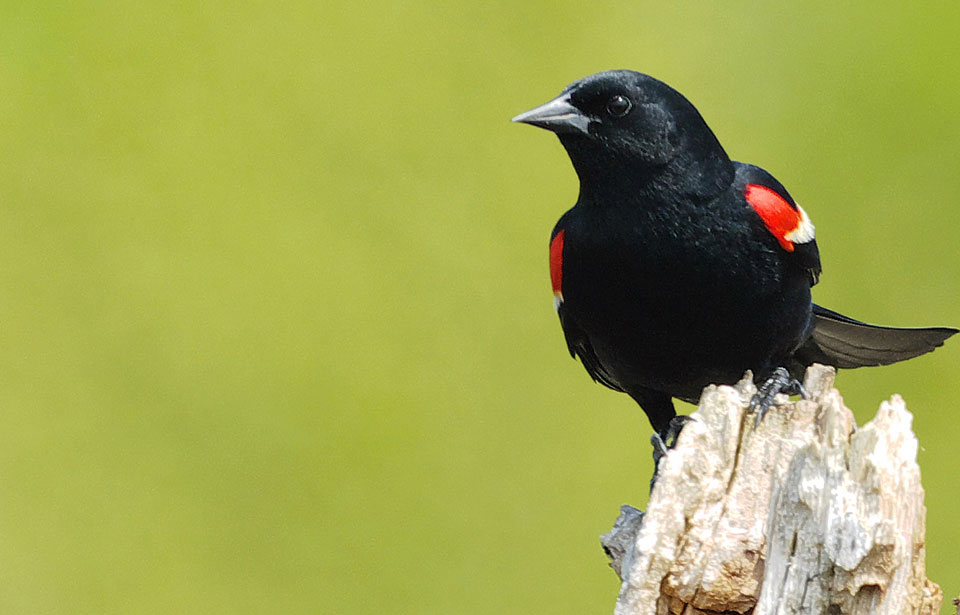Wetlands are Canada’s crown jewels. Call them swamps, sloughs, marshes, potholes, or ponds, these inland and coastal treasures teem with permanent wildlife and migratory species on the move. Like a jewel in a crown, each wetland is priceless in its own way.
A salt-marsh, for instance, is a habitat powerhouse full of highly nutritious plants. It nourishes everything from protozoa to spawning fish. Untold avian migrants rest and refuel here between their breeding and wintering grounds.
Likewise, inland wetlands, such as prairie potholes, provide food and shelter for some of the richest, most diverse webs of life on the planet. Countless migrants, like Brant and snow geese, journey from one coast to another via these stopovers.
The loss of even one of these wetlands means that many migrants may never complete their voyages. Sadly, more than 65 per cent of Maritime salt-marshes, 40 per cent of Prairie wetlands, 70 per cent of southern Ontario and St. Lawrence Valley wetlands, and 70 per cent of Pacific estuary wetlands have already vanished.
If there’s a wetland in trouble near you, now’s the time to take action.
- Mount a cleanup campaign.Use garbage bags to collect glass, plastic, and metal debris that could harm animals. Tread lightly. Remember, you’re trudging through someone’s home. Leave logs, rocks, and all other natural objects behind as shelter for wetland creatures. Post “No Dumping” signs.
- Restore wetland flora.A good way to salvage wetlands is to transplant native vegetation from healthy donor sites similar to yours. Collaborate with local conservation authorities. Use a shovel to uproot plants in clumps with a few stems and soil surrounding their roots. Do not remove entire bunches. Transplant them to the new site as soon as possible. Dig holes and push the roots about 5 cm below the surface, packing soil around them, so they are firmly anchored.
- Promote wetland-friendly agriculture.Inform landowners that many waterfowl breed on private farmland and that innumerable migratory birds could not survive without rural wetlands as stopover sites. Persuade them to set aside wetlands as protected habitat. Promote techniques that help farmers conserve naturally vegetated banks, preventing the run-off of fertilizers and pesticides into water bodies and minimizing habitat damage. Urge ranchers to fence off wetlands to limit cattle access.
- Monitor the spread of exotic aquatics.Fight invasive species, like purple loosestrife, zebra mussels, Eurasian ruffe, and spiny water fleas. Pamphlets to help you identify invasive species and monitor their spread are available from regional wildlife agencies.
- Make a media event of your project. Sea ducks and sandpipers can’t spread the word about how much their survival depends on wetlands, but you can! Contact a local newspaper or radio or television station about your project.



